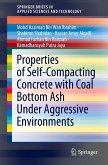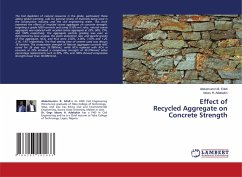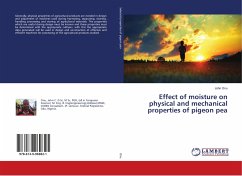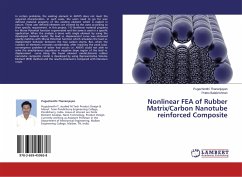The improper disposal of depleted tires is a major cause of fire and health hazards worldwide. To address this issue, a trial study was conducted to explore the use of ground and scrap rubber as aggregate in Portland Cement Concrete, with crumb rubber (0-2mm) size replacing up to 10% of fine aggregates. The purpose of the study was to evaluate the effects of rubber particle size on the properties of fresh and hardened concrete, including flowability, unit weight, air content, toughness, and compressive strength. The results showed that the addition of rubber resulted in lower compressive strength, but a replacement level of 5-10% could produce lightweight concrete without significant loss of flow or strength. Overall, the study highlights the potential of using recycled rubber in concrete as a safe disposal option for depleted tires.








